Photos
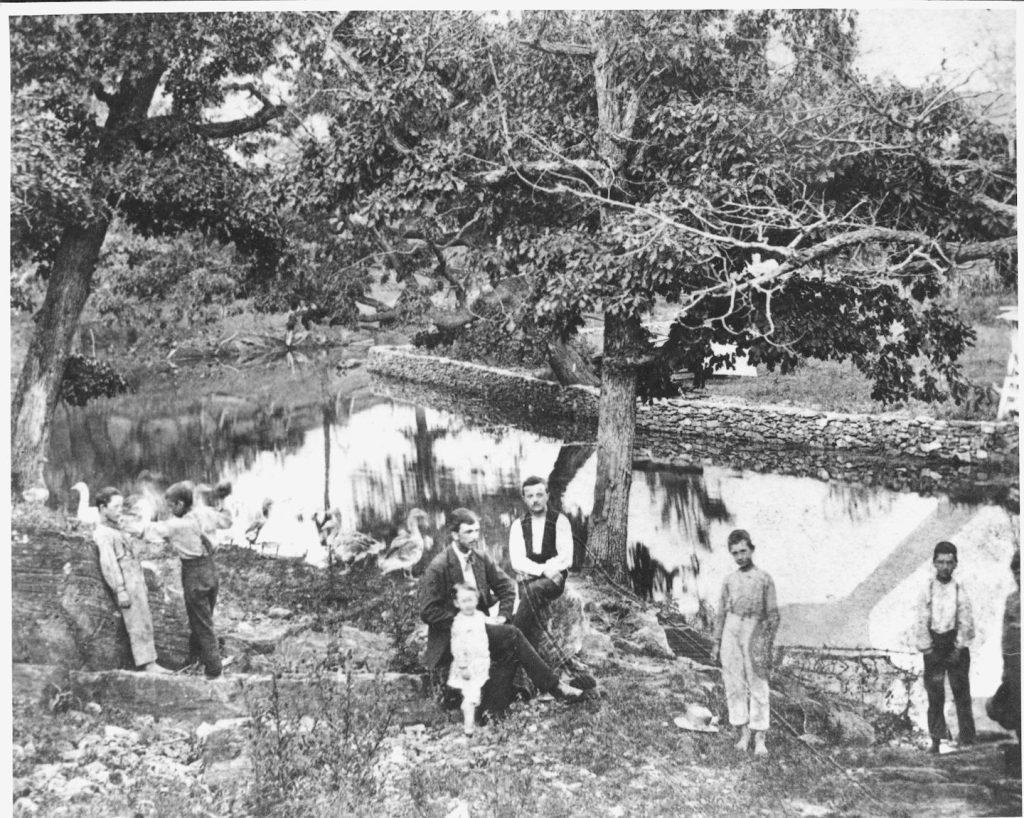
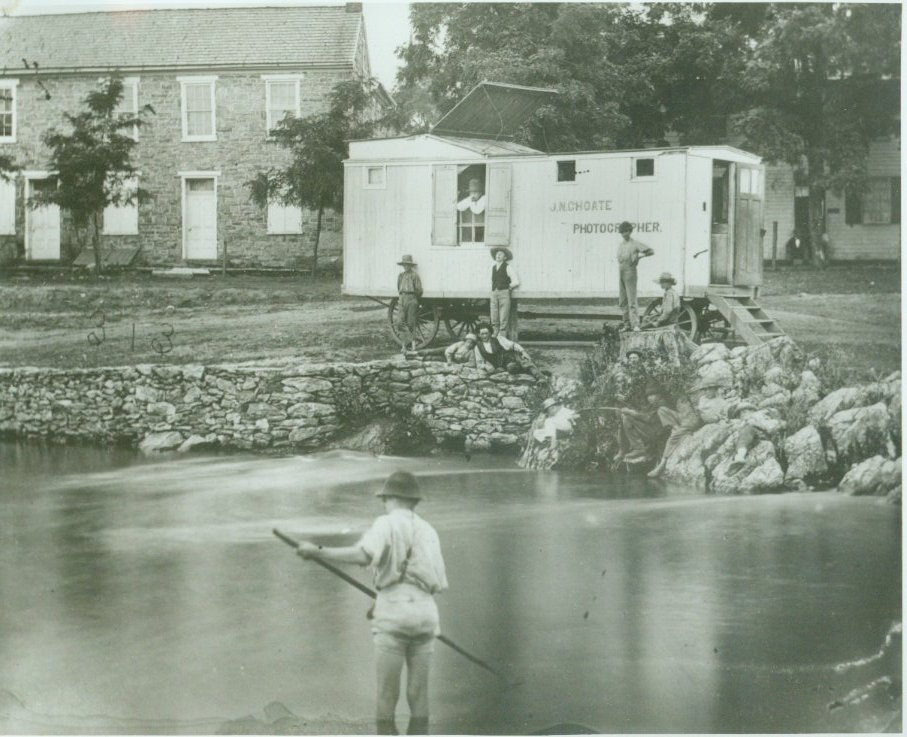
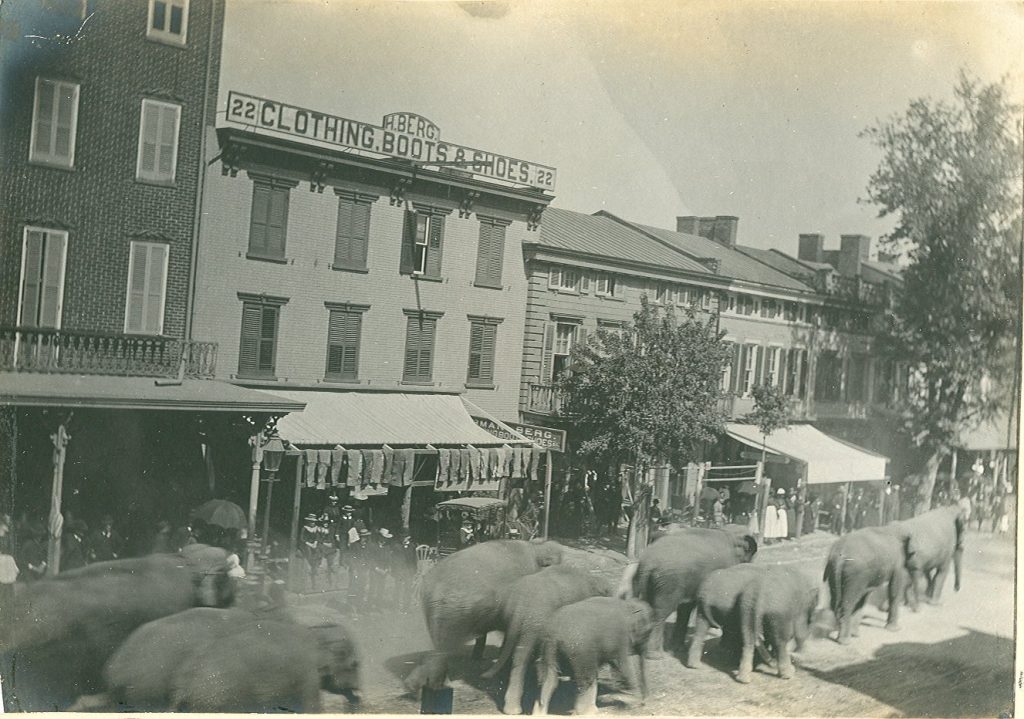
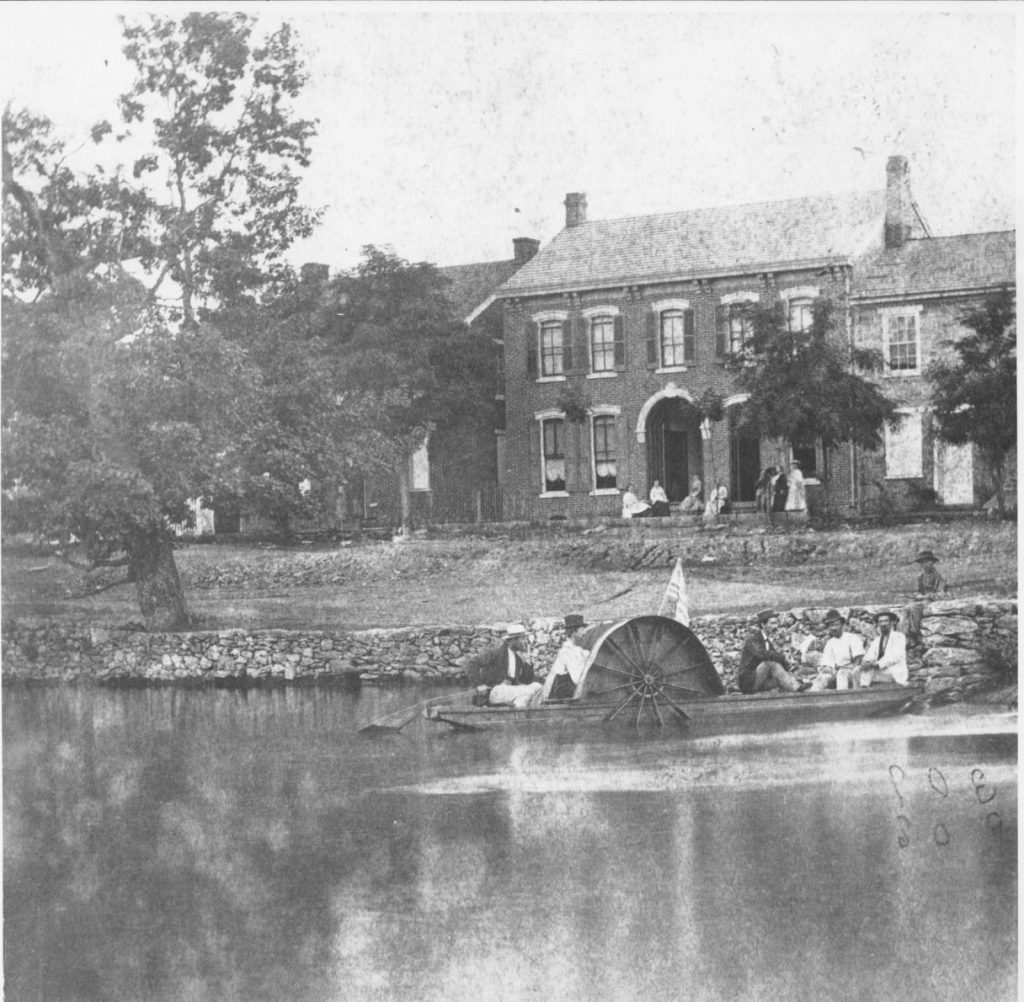
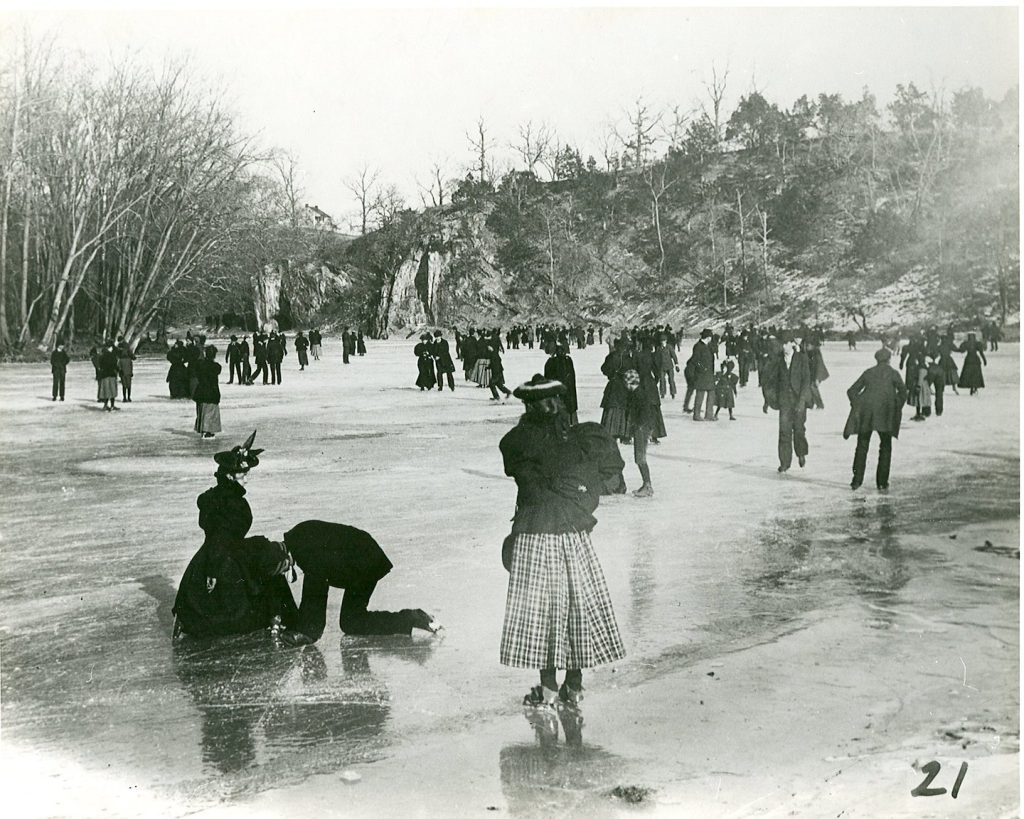
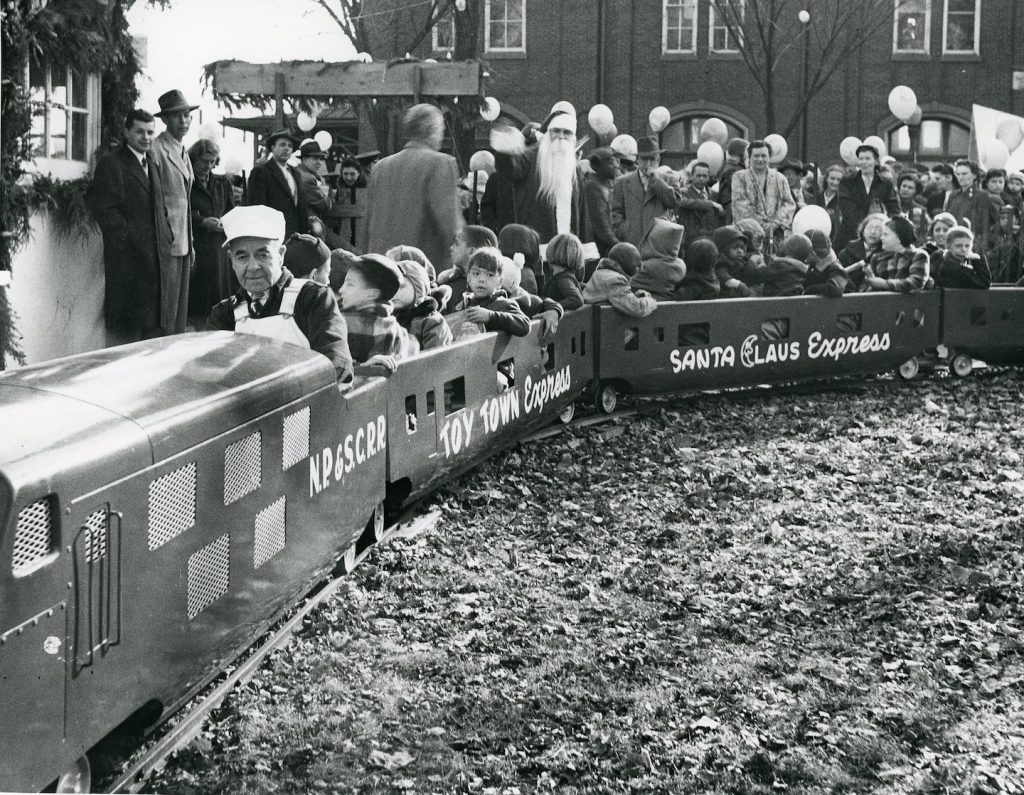
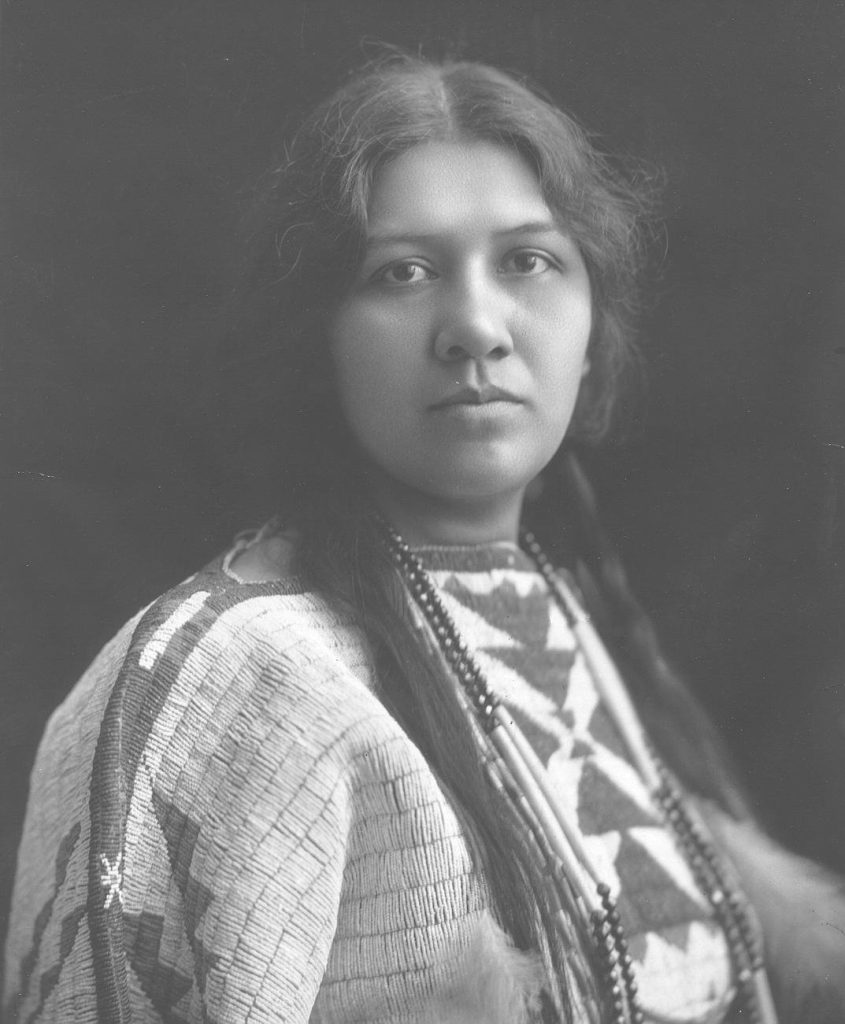
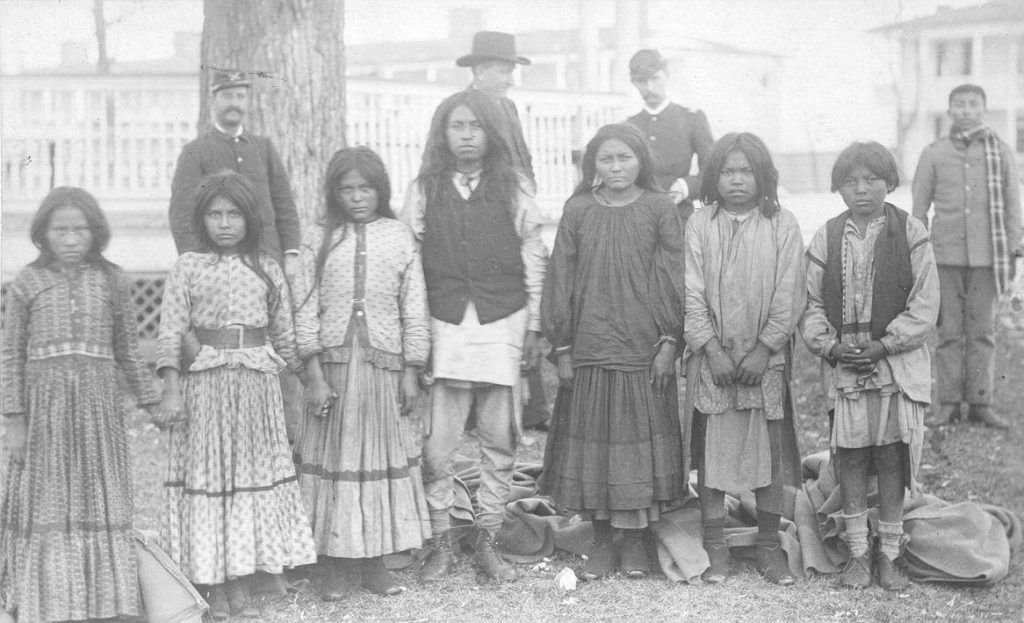
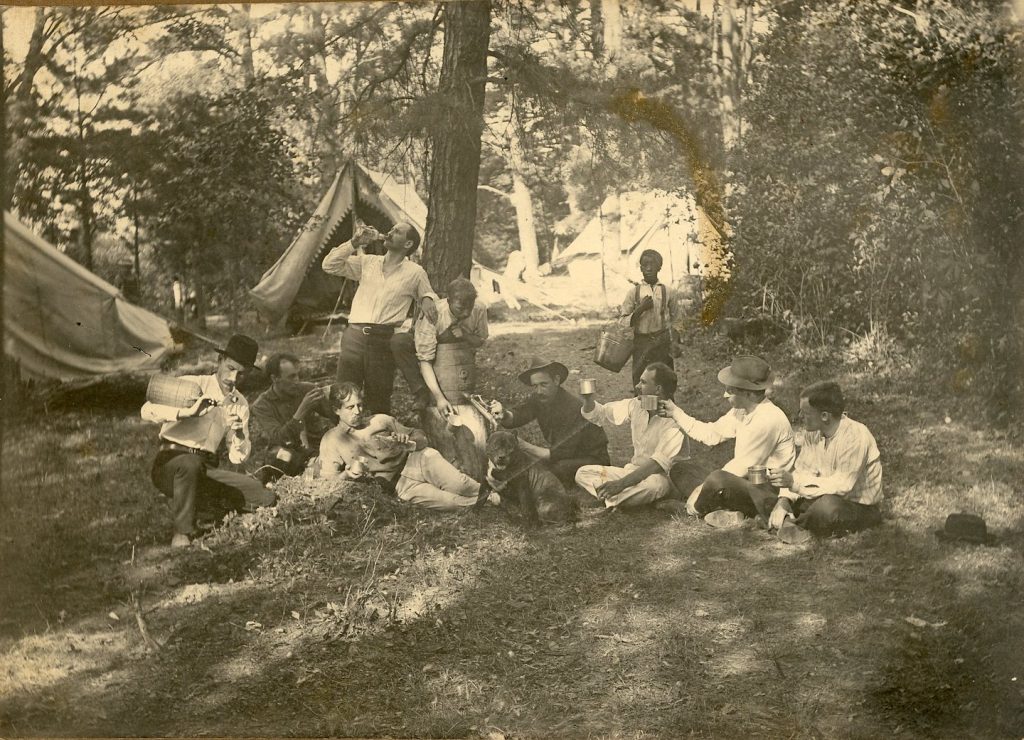
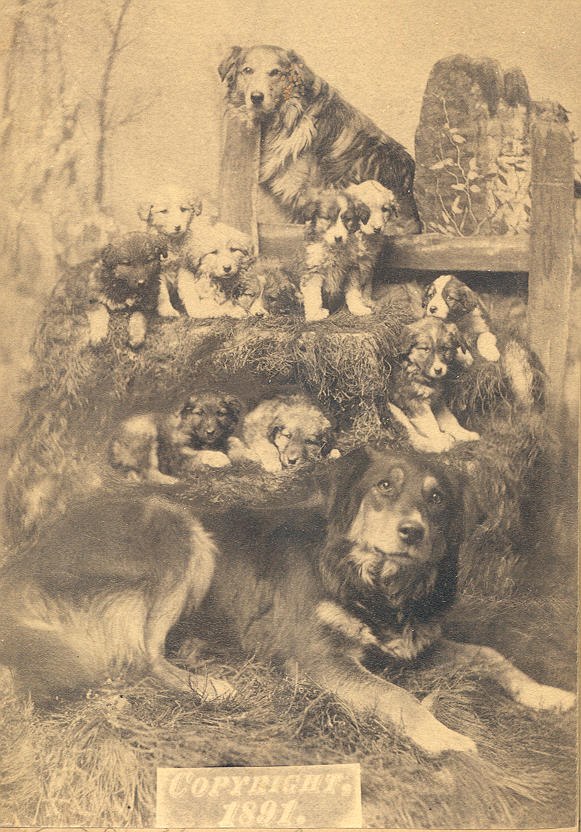
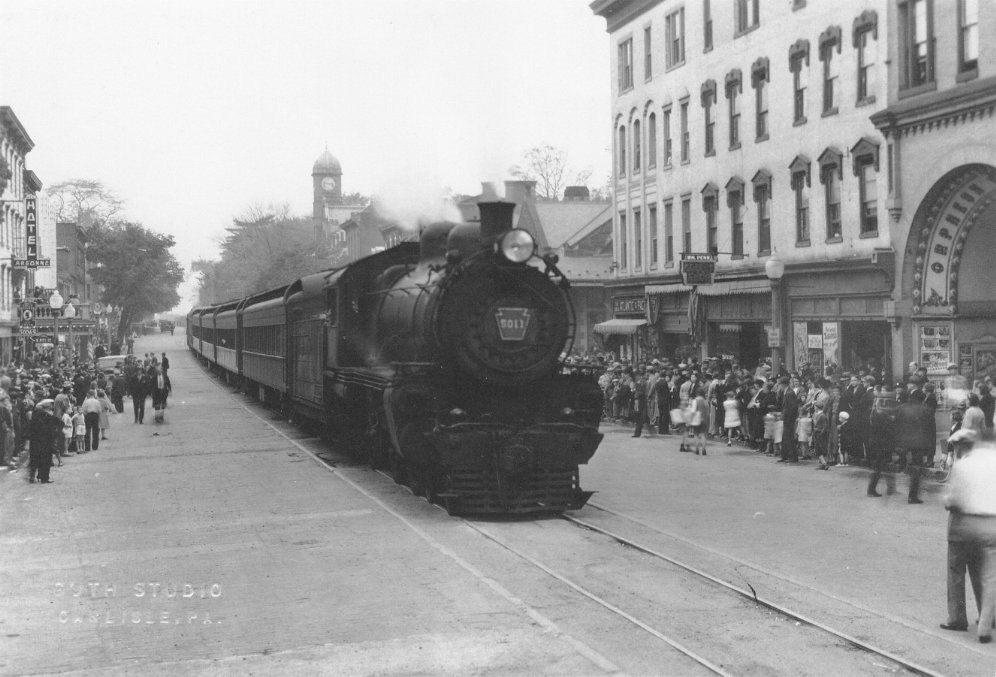
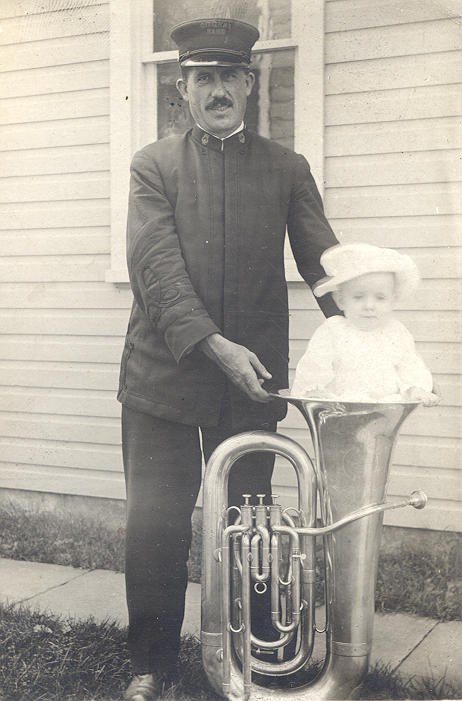
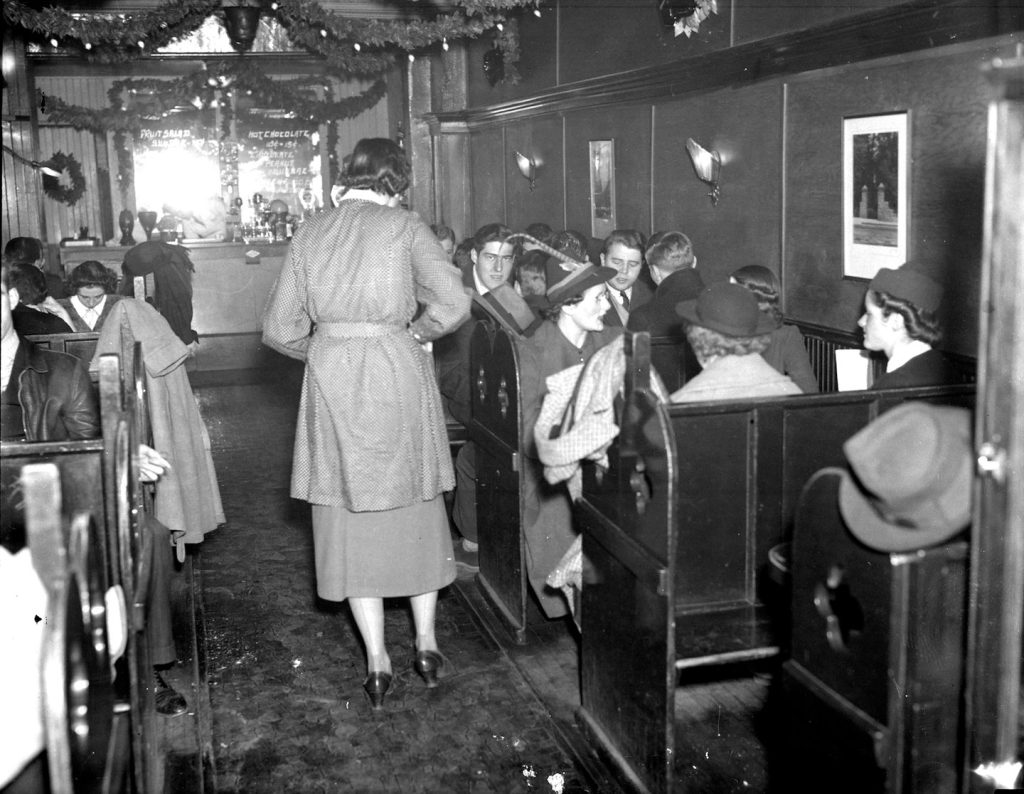
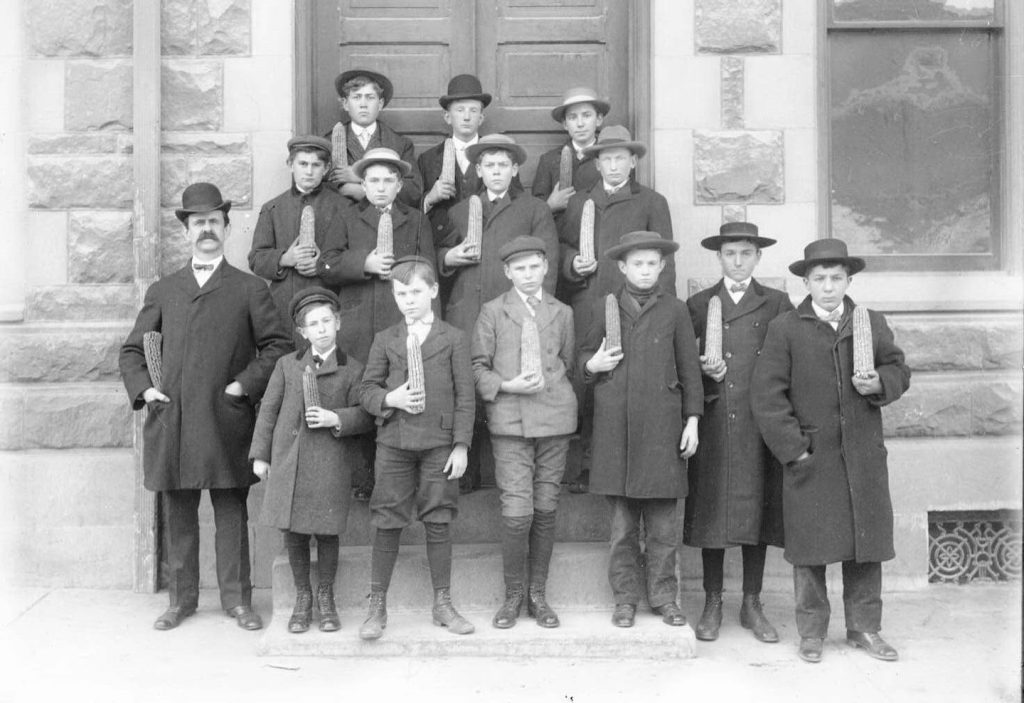
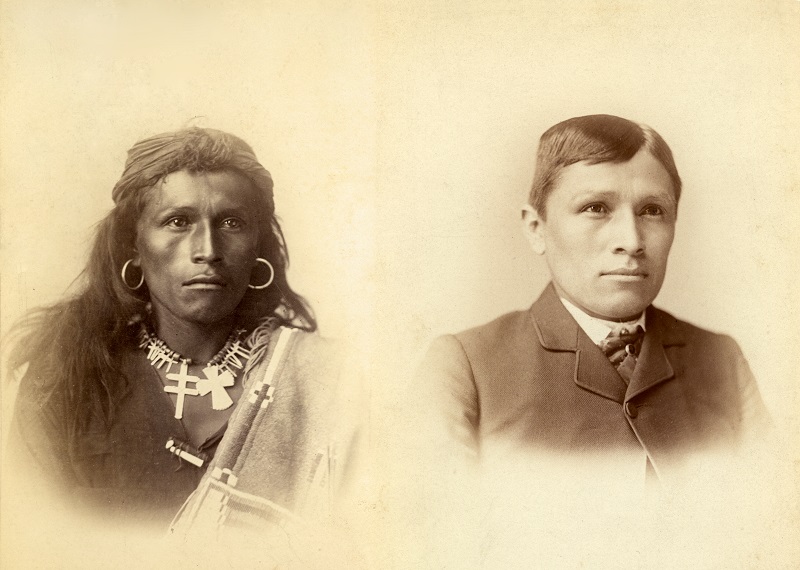
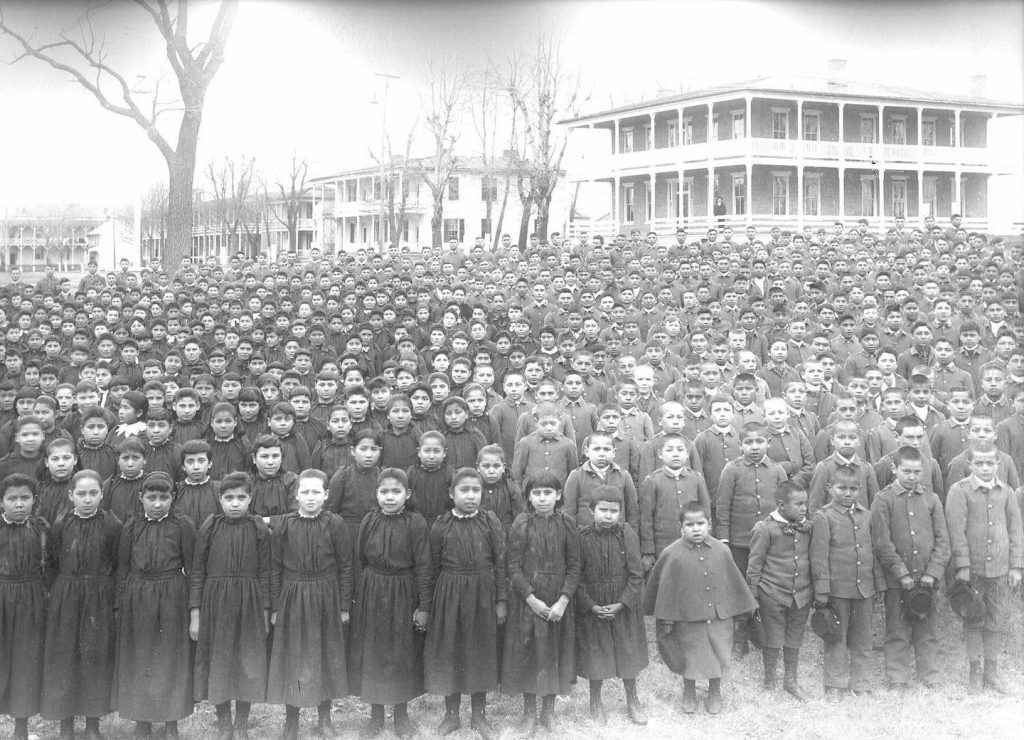
Archives and Library
1. Warren Mullen (1917-2011) WWII Illustrated Correspondence
This collection contains letters, V-mail, postcards and envelopes with illustrations and text by Warren Mullen from World War II times and then again from the late 1990’s through 2006. During WWII, Warren joined the Army and went into the signal corps. He worked under General MacArthur’s command in the Pacific as a switchboard operator. During the war, he sent mail home with drawings of scenes he saw in the Pacific. Typically, V-mail would have been photographed and the originals held by the government. However, Warren’s mail was sent through as originals to his family. He continued to decorate his letters with drawings throughout his life.
2. Alexander Hamilton Letter
Letter from Hamilton to Governor Henry Lee of Virginia written during the Whiskey Rebellion in Carlisle, October 4, 1794.
3. Carlisle Indian School Memory Book
“Memory Book” questionnaire answered by various Indian School students and friends. Book kept by Charles Ross, a member of the Wichita Nation, and a worker in the School Press. Responses by both students and local Carlisle residents show a more unfiltered side of students than that presented by official publications.
4. Humer Collection
Humer collection – MG-167
This collection consists of records of the Continental Army’s Quartermaster office in Carlisle, Pennsylvania during the American Revolution. These records include requisitions, orders, receipts, accounting, reports (‘returns’), and a limited amount of correspondence, with particular focus on transport of military supplies by wagons and packhorses. The Humer collection also includes many personal correspondence and business and legal records of two prominent residents of 18th century Cumberland County: Samuel Postlethwaite and John Agnew.
5. Sullivan Civil War Letter
Civil War in the Valley: Invasion Memories 1863, by James W. Sullivan.
James W. Sullivan was 13 years old at the time he describes. He lived at 17 and 19 North East Street in Carlisle. This narrative was written in the early 1930s. Seen in Carlisle 1861-’65. Two original typewritten manuscripts, by James W. Sullivan, written in a letter to Jane Van Ness Smead, on his recollections of Civil War days in Carlisle. Which was later published as “Boyhood memories of the Civil War 1861-’65: invasion of Carlisle” by the Hamilton Library Association in 1933.
6. First Family Book Series
Connected draft maps of early surveys of old Cumberland County. With over 60 volumes, these books are highly sought after by genealogists and property researchers.
7. Loudon’s Narrative
Printed as a two-volume set published in 1808 and then 1811, Archibald Loudon told sensationalized captivity narratives from the region. While license was taken with the historical narrative, this work is still incredibly important to our understanding of the events that happened in the 18th century.
8. William Lyon Ledger
This ledger, 1759-1797, is one of the oldest ledgers in our collection. It was used by William Lyon for his General Store in Carlisle, PA. It is an incredible resource for the names buying goods from Mr. Lyon but also what they were purchasing.
9. Sanborn Maps
Sanborn maps are detailed maps of U.S. cities and towns in the 19th and 20th centuries. Originally published by The Sanborn Map Company (Sanborn), the maps were created to allow fire insurance companies to assess their total liability in urbanized areas of the United States. Since they contain detailed information about properties and individual buildings, Sanborn maps are valuable for documenting changes in the built environment.
10. Thompson Commission
Commission for William Thompson first Colonel in the United States Army signed by John Hancock
11. Johnson Collection
This collection is an amazing look at several generations of an African American family in central Cumberland County. This family begins locally by Jonas and Mary Foulk Kee who come from Maryland and Virigina building a house on Baltimore Street in Carlisle. The Andrews were the second generation to inhabit the house. The family’s story passed into the public domain in 1987, when their daughter, Anna Andrews, who had married Richard Johnson, became too frail to live in the house alone. Then her daughters, Anna Wilson and Louise Austin, offered the Cumberland County Historical Society the artifacts and papers from the house. Hence the origin of the “Johnson Family Collection,” named for their parents, Anna and Richard Johnson.
12. Devor Collection
Kenneth Devor was raised in Walnut Bottom and is a well-remembered member of the of the Big Spring community. He graduated from the High School in 1966 before he was drafted into the Army for Vietnam. This collection is scrapbooks and other items collected and preserved by his family. This collection shows the emotions and heartbreak the family went through with the devastating loss of their son
13. Isabella Oliver
Isabella Oliver, (July 16, 1771—June 7, 1843), once known as the “poetess of the Conodoguinet,” or more colorfully as that creek’s “muse,” was the second–and the first female–published Cumberland County poet in 1805 with Poems on Various Subjects, following the unknown writer of The Unequal Conflict in 1792.
14. Moser and Peters Broadside
Das Leben und Alter der Menschen – This broadside printed by local publisher Moser and Peters illustrates the lifecycle of man. Gustav Peters and Johann Moser opened their business in Carlisle in 1823. They produced many different types of works for the Pennsylvania Germans living in south-central Pennsylvania. As the population evolved, they also began printing publications in English as well. After 1827, they relocated their business to Harrisburg.
15. Grand Parade Broadside
Framed broadside advertising the “Grand Parade! in Mechanicsburg, PA.” to welcome the soldiers of 1812, dated June 27, 1859, and printed at the Journal Office, Mechanicsburg, Pa.
16. Thomas Kitchin map of Pennsylvania, 1756
17. Printed broadside/poster for a freedom seeker
Broadside/poster for a freedom seeker dated September 22, 1788, with Judge James Hamilton’s name at the bottom
18. Cumberland County Women During World War Two Oral History Project
Part of the Elizabeth V. and George F. Gardner Digital Library, the Cumberland County Women During World War Two Oral History Project documents the stories of 13 women who lived through WWII.
Museum
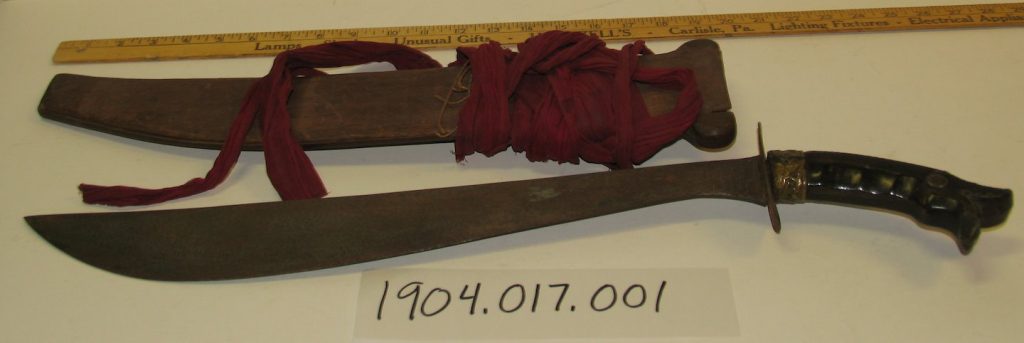
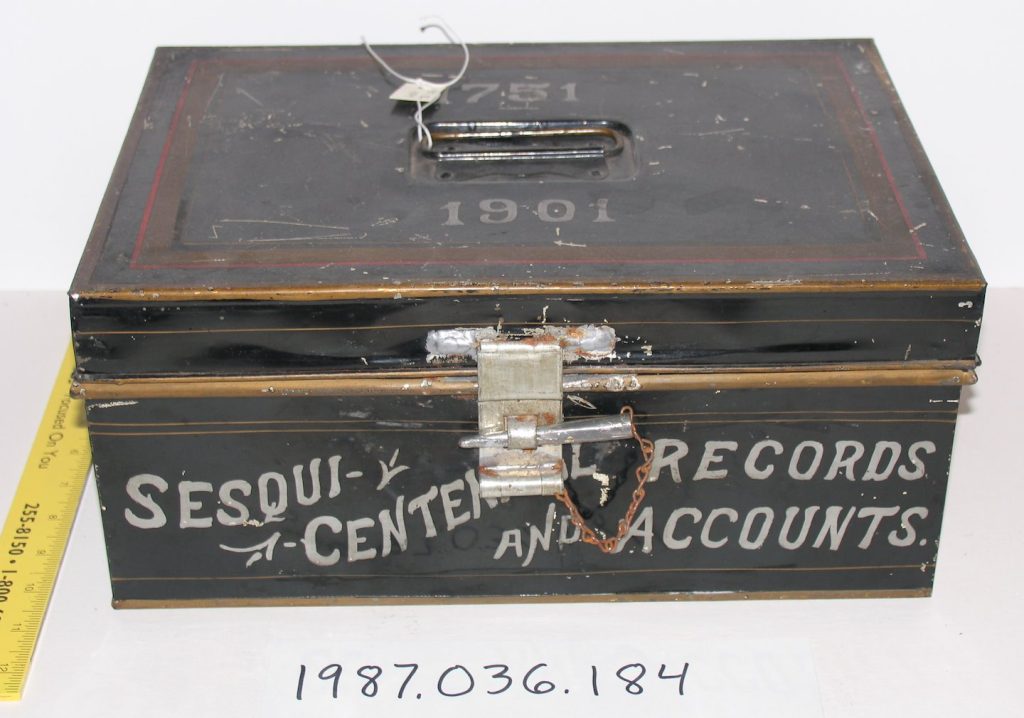

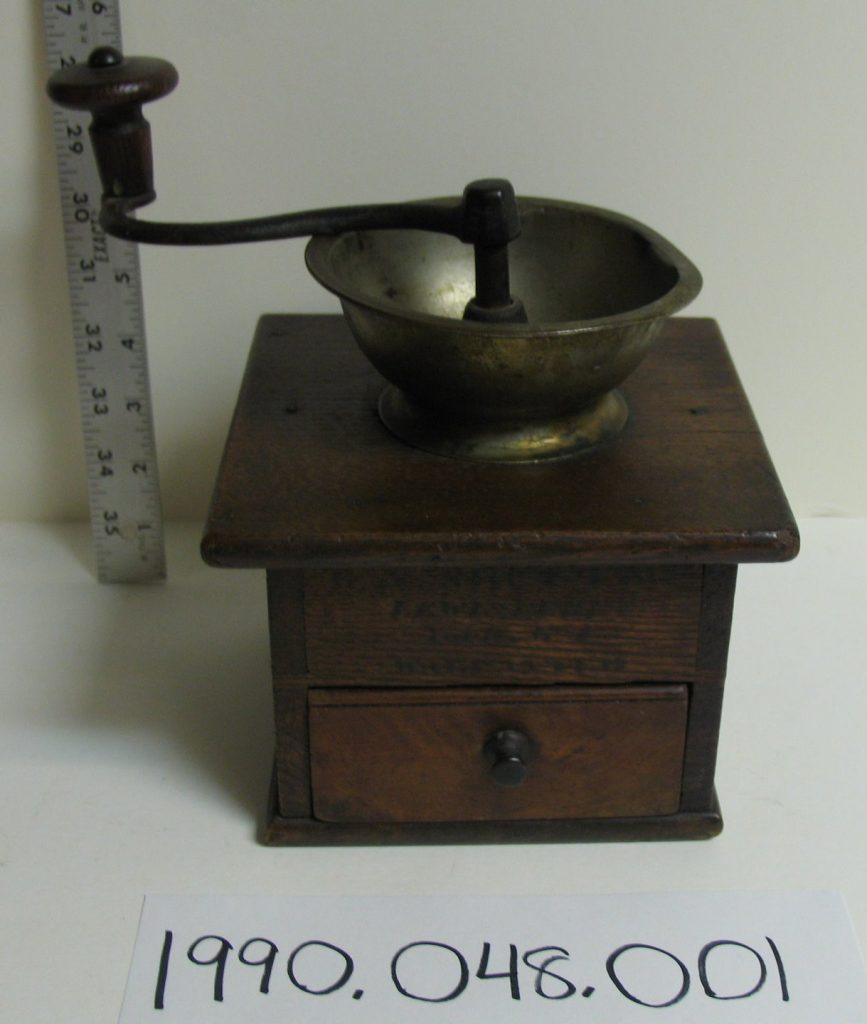

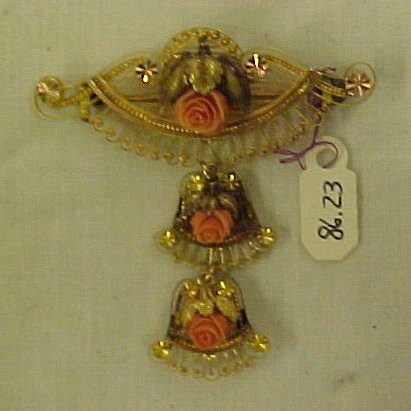
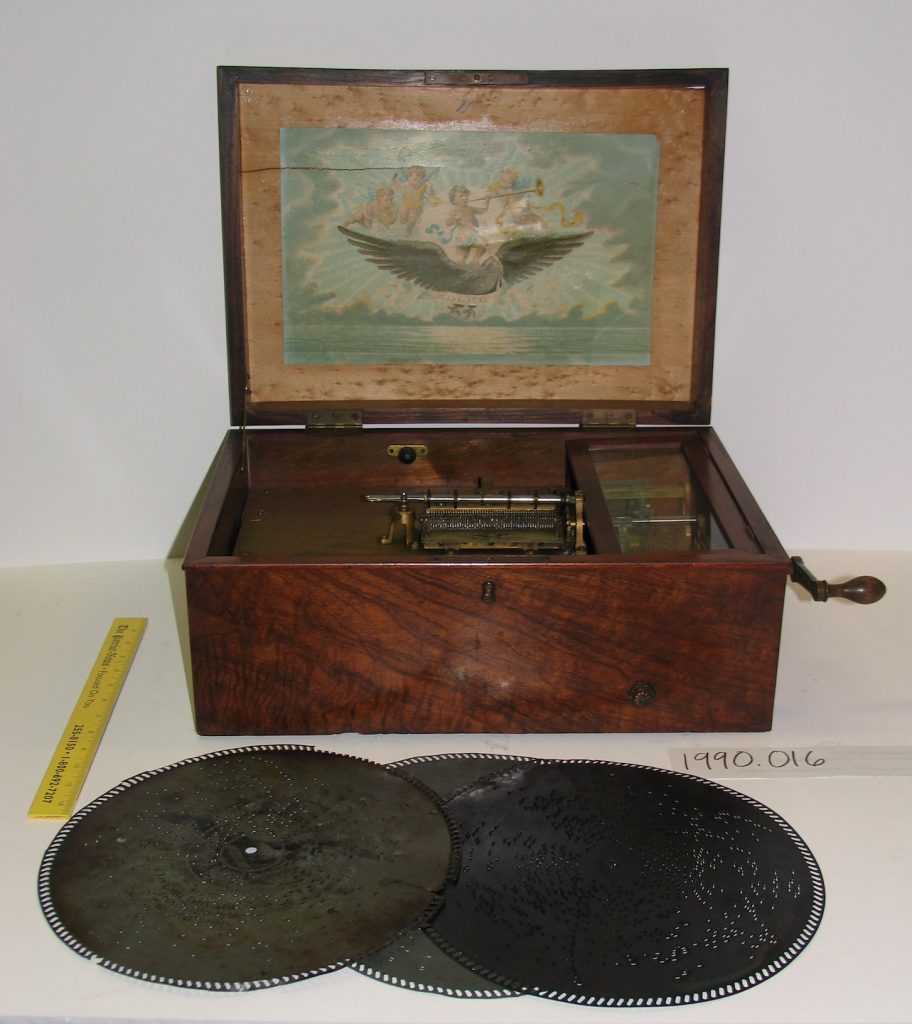
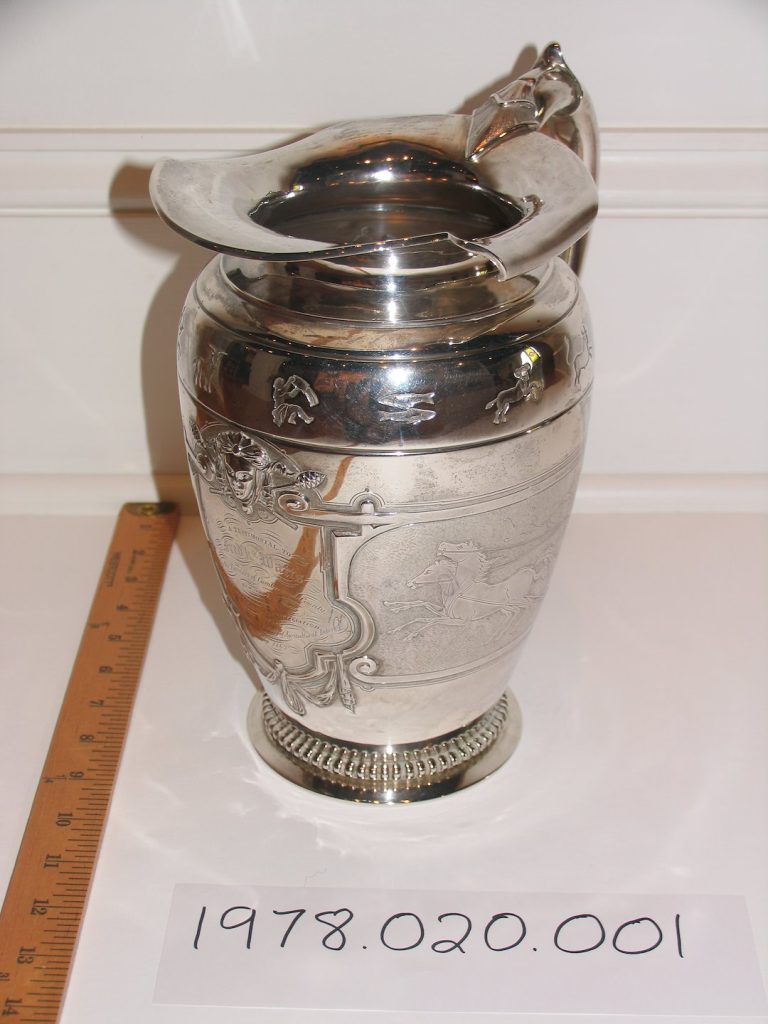

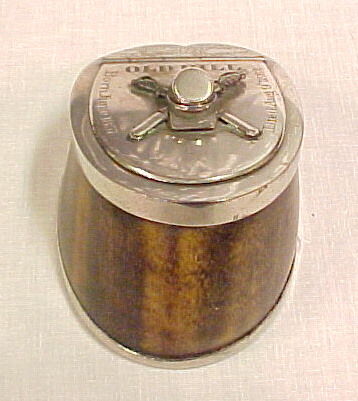
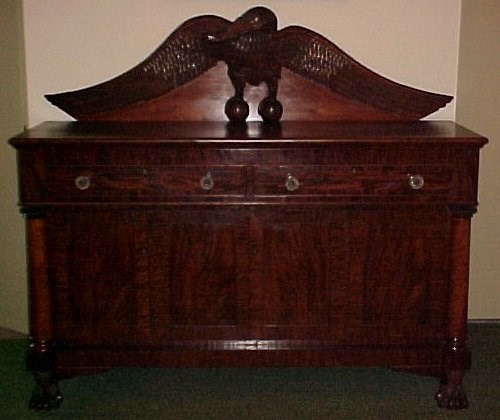
This sideboard is made with several different woods. The case is made of mixed secondary woods, poplar and pine. The top and paneled sides are cherry. The front is highly figured mahogany veneer. Birds eye maple veneered “columnettes” support the overhanging upper case. The large carved eagle backboard and two eagle pendants are of cherry.
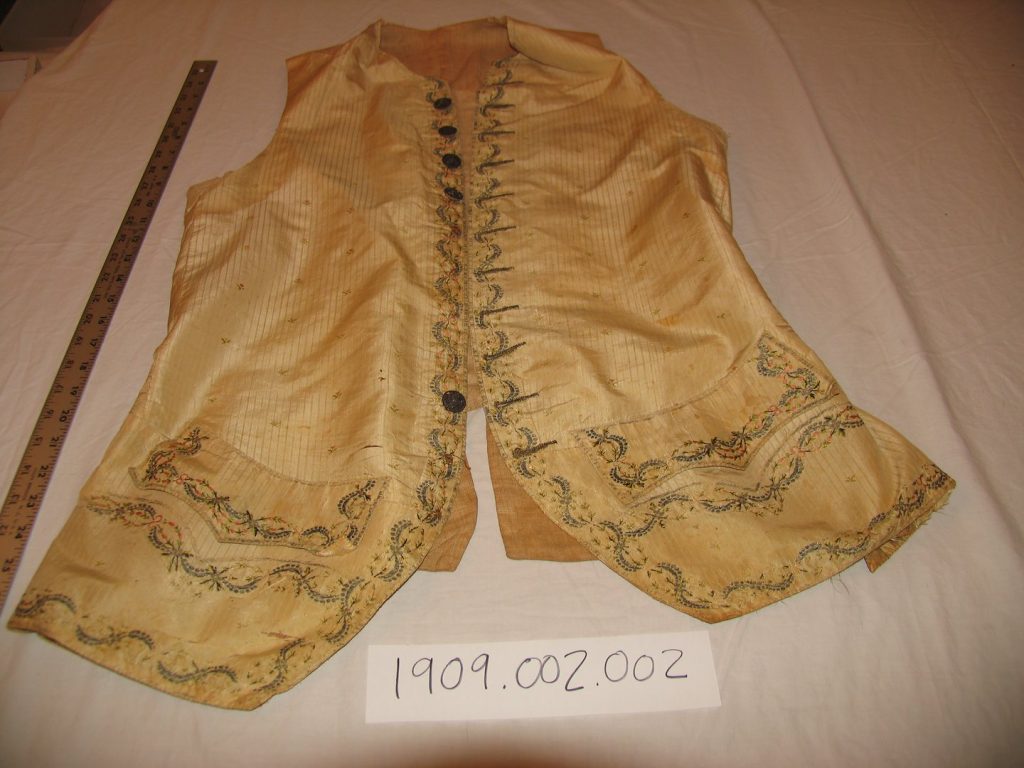
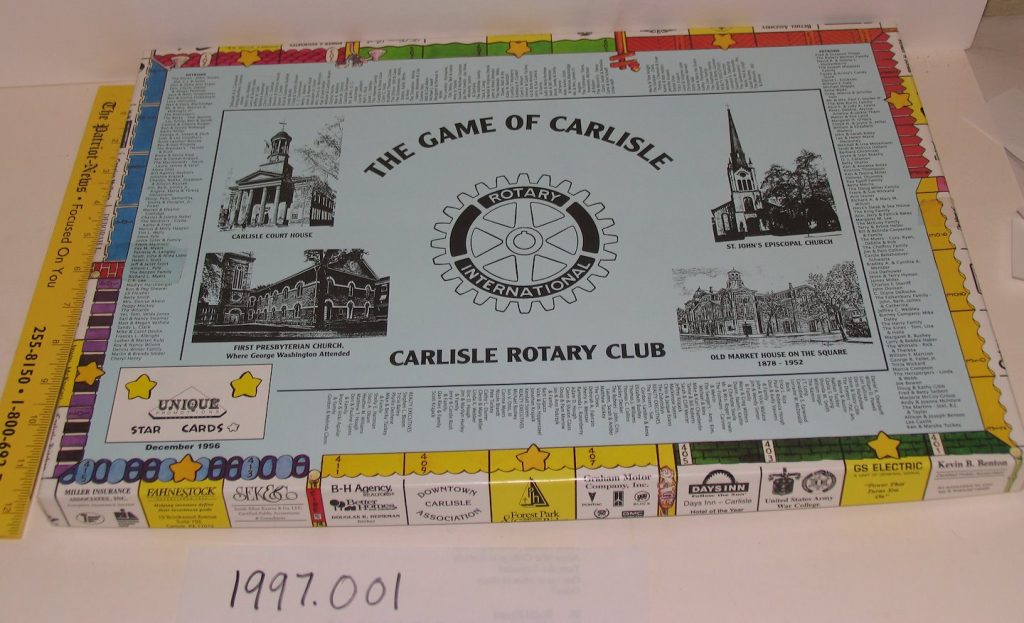

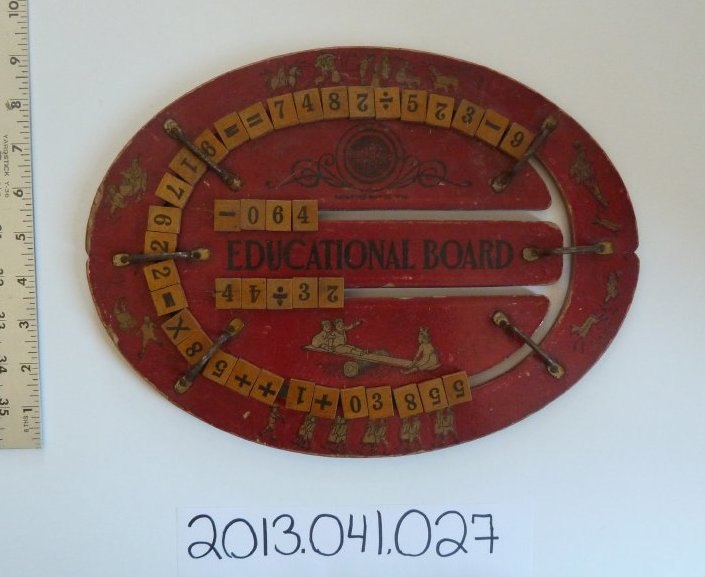

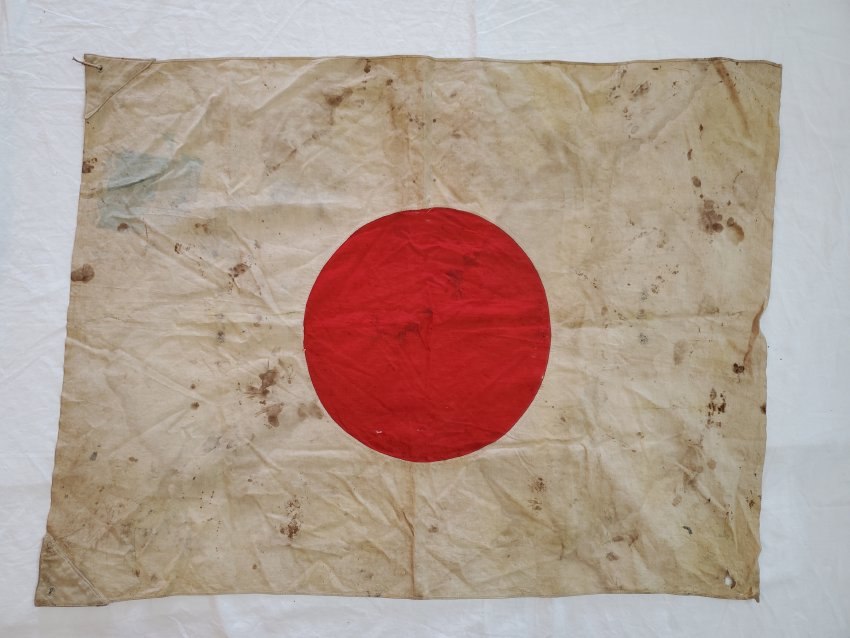
There is staining throughout the flag, mainly in the off-white area and some in the red circle. In the upper left corner of the flag there is a faint blue stain. In the lower right corner there is a 1/2 inch hole. In the red circle there are some micro holes.
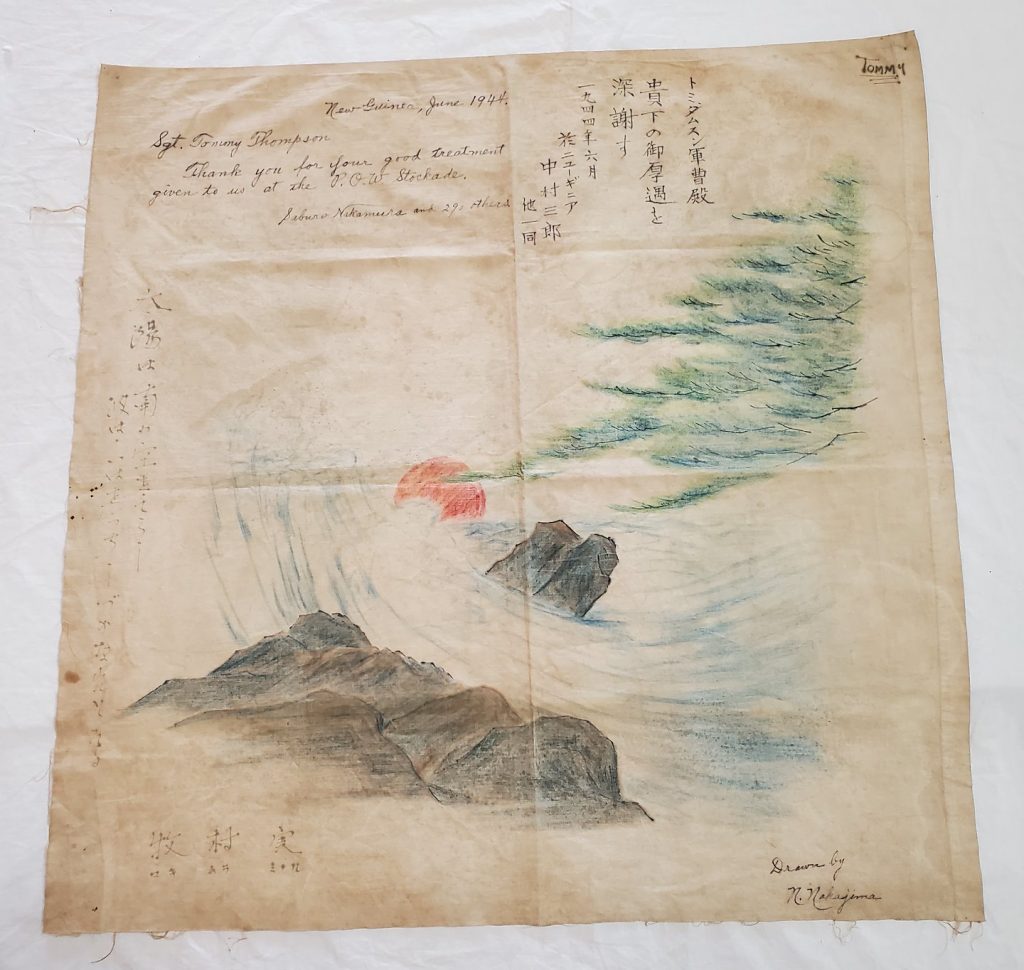
Written in the top left corner it states,
New Guinea, June 1944.
Sgt. Tommy Thompson Thank you for your good treatment given to us at the P.O.W. Stockade.
Saburo Nakamura and 290 others.
In the upper right corner Tommy is written with 3 lines drawn underneath. In the lower right corner is the name of the artist of the drawing, N. Nakajima.
The thank you piece was created on cotton fabric. There are two different mediums that were used for both the written thank yous and the drawing. Down the left hand side and lower left corner ink was used, while the writting at the top left, top center, and bottom right look to have been written in possibly a felt marker or crayon.
The drawing is of an image of a wave crashing into the shore with the sun setting in the background and what looks like a portion of a tree along the upper right side.
